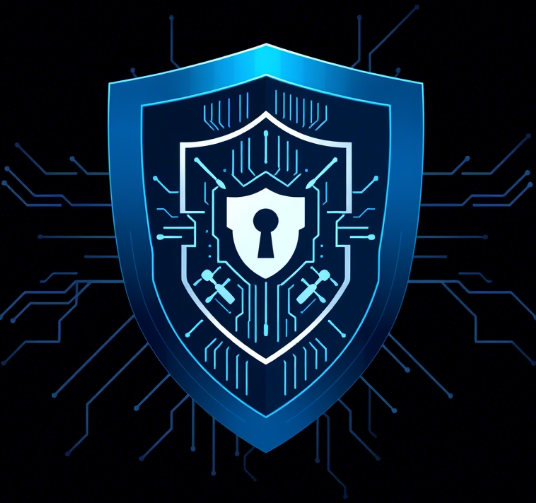Your cart is currently empty!
Basic – Access – IP Network – Services – Security – Automation
Network access refers to the process of connecting a device or system to a computer network, allowing it to communicate and exchange data with other devices on the network. It involves the use of various hardware and software components, protocols, and security measures to establish a secure and reliable connection. Network access can be divided into two main categories:
Wired | Wireless
Wired Network Access:
Wired network access typically involves the use of physical cables to connect devices to the network infrastructure. Common wired network access technologies include:
Ethernet: Ethernet is the most widely used wired network access technology. It uses twisted pair copper or fiber optic cables to transmit data between devices. Ethernet networks employ various standards such as 10BASE-T, 100BASE-TX, and Gigabit Ethernet, offering different data transfer rates.
Power over Ethernet (PoE): PoE allows both power and data to be transmitted over Ethernet cables. It eliminates the need for separate power cables, making it convenient for devices such as IP cameras, wireless access points, and VoIP phones.
Fiber Optics: Fiber optic cables use light signals to transmit data over long distances at high speeds. They offer higher bandwidth and are resistant to electromagnetic interference, making them suitable for high-performance network applications.
Coaxial Cable: Coaxial cables are commonly used for cable television (CATV) and broadband internet access. They consist of a central conductor surrounded by insulating and shielding layers, providing reliable data transmission.
Wireless Network Access Wireless network access allows devices to connect to a network without the need for physical cables. It relies on wireless signals to transmit and receive data. Some key wireless network access technologies include: Wi-Fi: Wi-Fi (Wireless Fidelity) is a popular wireless network access technology based on IEEE 802.11 standards. It enables devices to connect to a network within a specific range, typically a few hundred feet. Wi-Fi networks are commonly found in homes, offices, public spaces, and other environments. Bluetooth: Bluetooth technology is primarily used for short-range wireless communication between devices. It is commonly used for connecting peripherals like keyboards, mice, speakers, and smartphones to a computer. Cellular Networks: Cellular networks, such as 3G, 4G, and 5G, provide wireless network access for mobile devices. They use cellular towers to establish connections over large geographic areas, enabling devices to access the internet and make phone calls. Satellite Networks: Satellite networks provide wireless network access in areas where wired or terrestrial wireless infrastructure is unavailable. They use satellites in space to transmit and receive data, offering coverage over vast regions, including remote and rural areas.
Network Access Control (NAC) is an important aspect of network access. It involves the implementation of security measures to ensure that only authorized devices and users can access the network. NAC solutions typically include authentication mechanisms, such as username and password, digital certificates, or biometrics, to verify the identity of devices and users. Additionally, NAC may enforce security policies, such as firewall rules, access permissions, and encryption standards, to protect the network from unauthorized access, data breaches, and other security threats. Network access encompasses the technologies and protocols used to connect devices to computer networks, both wired and wireless. It plays a crucial role in enabling communication, data exchange, and internet connectivity, while also addressing security concerns to maintain the integrity and confidentiality of network resources.
In the realm of networking, Ethernet stands tall as one of the most pervasive and influential technologies. With its ability to transmit data reliably and efficiently over local area networks
An Internet security suite refers to a comprehensive set of software tools and applications designed to protect computer systems and networks from various cyber threats and attacks. These suites combine
In today’s interconnected digital landscape, organizations rely heavily on data to conduct their business operations efficiently. However, this reliance on data also exposes them to various cyber threats, with data
A cyber threat refers to a potential danger or risk that arises in the digital domain, targeting computer systems, networks, and the data stored within them. It encompasses various malicious
When it comes to the realm of cybersecurity, it is imperative for individuals to possess a comprehensive understanding of incident response and reporting. In an increasingly interconnected world, the risk
In today’s technologically advanced era, the pervasive adoption of smartphones and tablets has revolutionized the way individuals communicate, access information, and perform various tasks. However, this increased reliance on mobile
In today’s digital landscape, social media platforms have become an integral part of our lives, allowing us to connect with others, share experiences, and express ourselves. However, it is crucial
In today’s digital age, the internet has become an integral part of our daily lives, providing access to information, communication, and entertainment. However, it is essential to be mindful of
Personal data protection refers to the measures and practices individuals can implement to safeguard their personal information from unauthorized access, misuse, or theft. In today’s digital age, where personal data
Best practices for online safety encompass a set of guidelines and precautions that individuals should follow to protect themselves from various cyber threats. By adopting these practices, individuals can minimize
